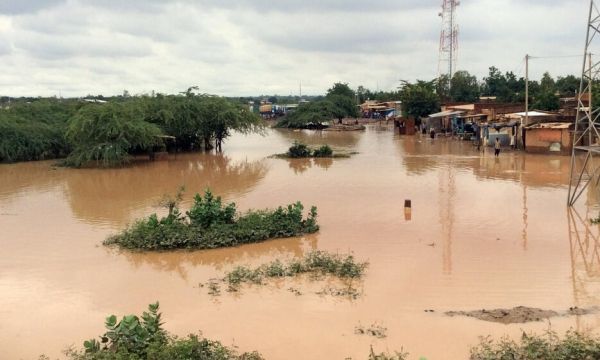An international team led by atmospheric scientist Cornelia Klein is developing new methods for more realistic quantification of future rainfall extremes. A new generation of high-resolution climate models makes this possible.
Mapping the effects of mostly small-scale but extreme rainfall events in global climate models poses major challenges. Computer models that are used to simulate the global climate, for example in the reports of the Intergovernmental Panel on Climate Change (IPCC), usually have a resolution of grids with a scale of approximately 100x100 kilometres.
"Most clouds, air swirls and mountains are smaller than 100 kilometres, so they are not completely 'seen' in many climate models – this also means that thunderstorms and associated rainfall extremes cannot be simulated in a realistic way. The principle is comparable to high- and low-resolution television: In HD, you see every blade of grass on a football field, while on an old TV you might just recognise the ball," explains Dr. Cornelia Klein from the Department of Atmospheric and Cryospheric Sciences.
Continue reading at University of Innsbruck
Image via University of Innsbruck


